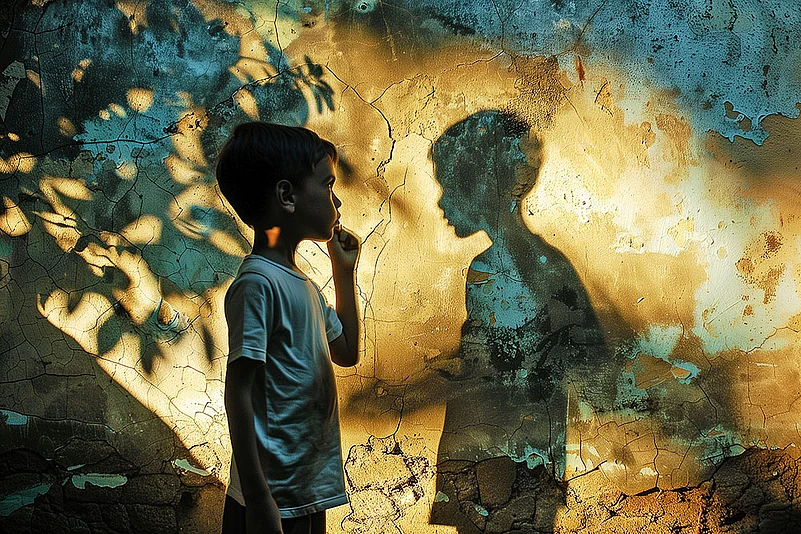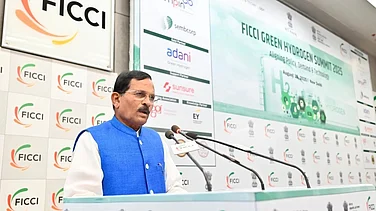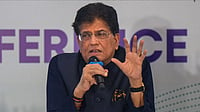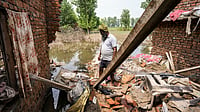The climate crisis is not just transforming our environment—it is reshaping our societies and how we feel about the future. To respond meaningfully, this report lays out a practical, four-pronged approach to mitigating the mental health impacts of climate change on youth.
Institutional Support
The first step in tackling climate-related mental distress is acknowledging it within national and institutional frameworks. Mental health, particularly in the context of climate stress, is still not integrated into most climate or healthcare policies.
Key proposals include creating a national policy framework that formally connects climate change with mental health outcomes. This would allow mental health to be addressed in climate action plans and disaster preparedness strategies.
Next, expanding psychiatry training and availability by increasing the number of psychiatry residency seats in India to at least 5,000 by 2030. This would help address the current shortage of qualified mental health professionals.
Third, scaling up digital mental health platforms like Tele-Manas to provide free, easy-to-access counselling and psychological support, especially in rural and underserved regions. Leveraging mobile and internet technologies can democratise mental health care access and make help available anytime, anywhere.

Community Engagement
Even when services exist, they often go unused due to stigma, misinformation or lack of awareness. Bridging the gap between awareness and action is essential.
Nationwide mental health awareness campaigns should be launched with a target reach of at least 50mn people, particularly in schools and colleges. These campaigns can use relatable language, local dialects and storytelling to connect with youth on their terms.
Train community health workers and Accredited Social Health Activists in basic mental health literacy. They are often the first point of contact in rural areas and can play a key role in early detection and support.
Involve local influencers, educators and religious leaders in de-stigmatising mental health care. When trusted community figures speak openly about mental wellness, it normalises the conversation and encourages young people to seek help.
Support peer-led initiatives and youth groups that focus on climate education and mental health resilience. Young people tend to respond more positively when supported by their peers rather than through top-down interventions.
























